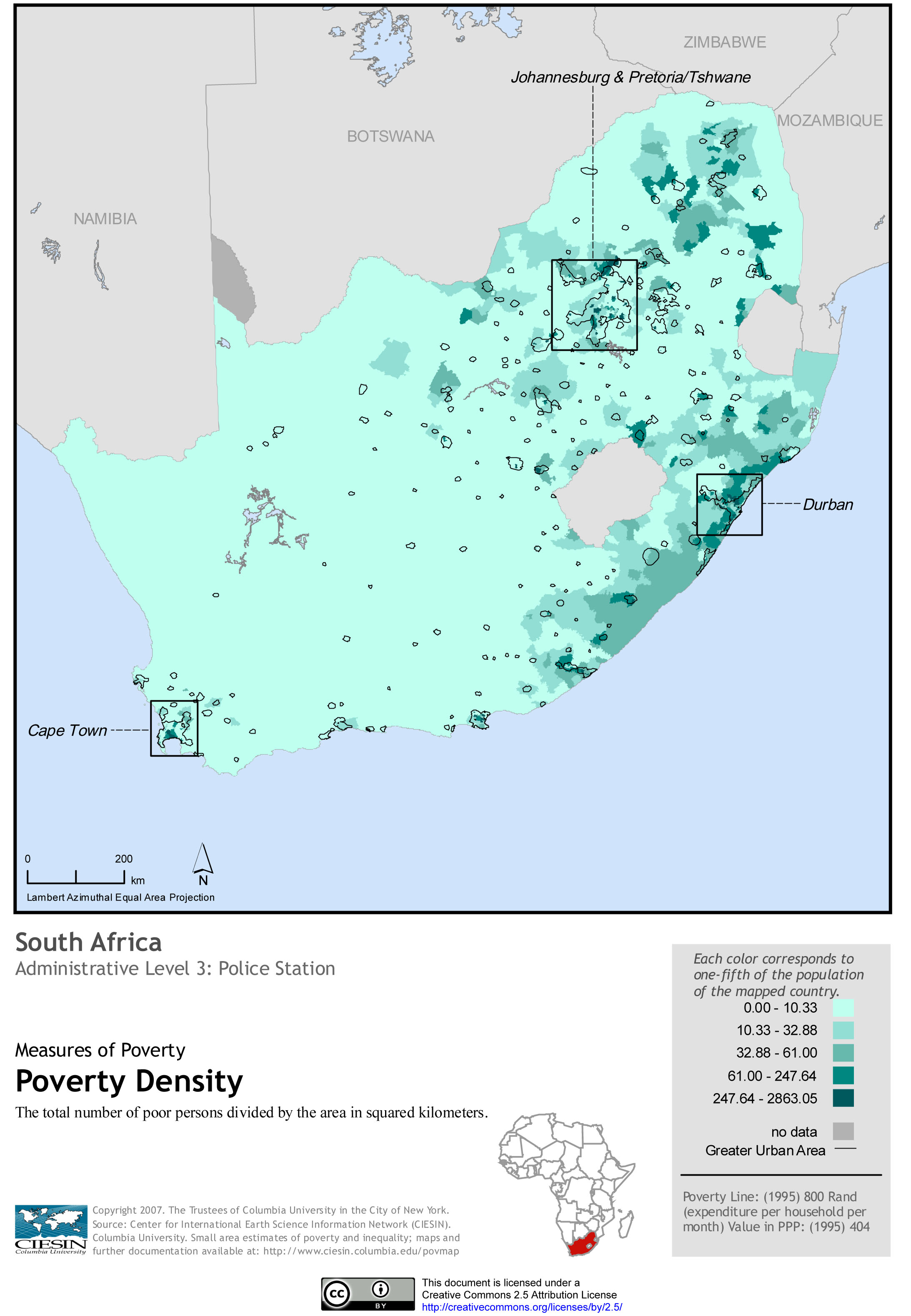#concentrated_poverty

Concentrated poverty
Concentrated poverty concerns the spatial distribution of socio-economic deprivation, specifically focusing on the density of poor populations. Within the United States, common usage of the term concentrated poverty is observed in the fields of policy and scholarship referencing areas of "extreme" or "high-poverty." These are defined by the US census as areas where "40 percent of the tract population [lives] below the federal poverty threshold." A large body of literature argues that areas of concentrated poverty place additional burdens on poor families residing within them, burdens beyond what these families' individual circumstances would dictate. Research also indicates that areas of concentrated poverty can have effects beyond the neighborhood in question, affecting surrounding neighborhoods not classified as "high-poverty" and subsequently limiting their overall economic potential and social cohesion. Concentrated poverty is a global phenomenon, with prominent examples world-wide. Despite differing definitions, contributing factors, and overall effects, global concentrated poverty retains its central theme of spatial density. Multiple programs have attempted to ameliorate concentrated poverty and its effects within the United States, with varying degrees of progress and to sometimes detrimental effect.
Thu 29th
Provided by Wikipedia
This keyword could refer to multiple things. Here are some suggestions: